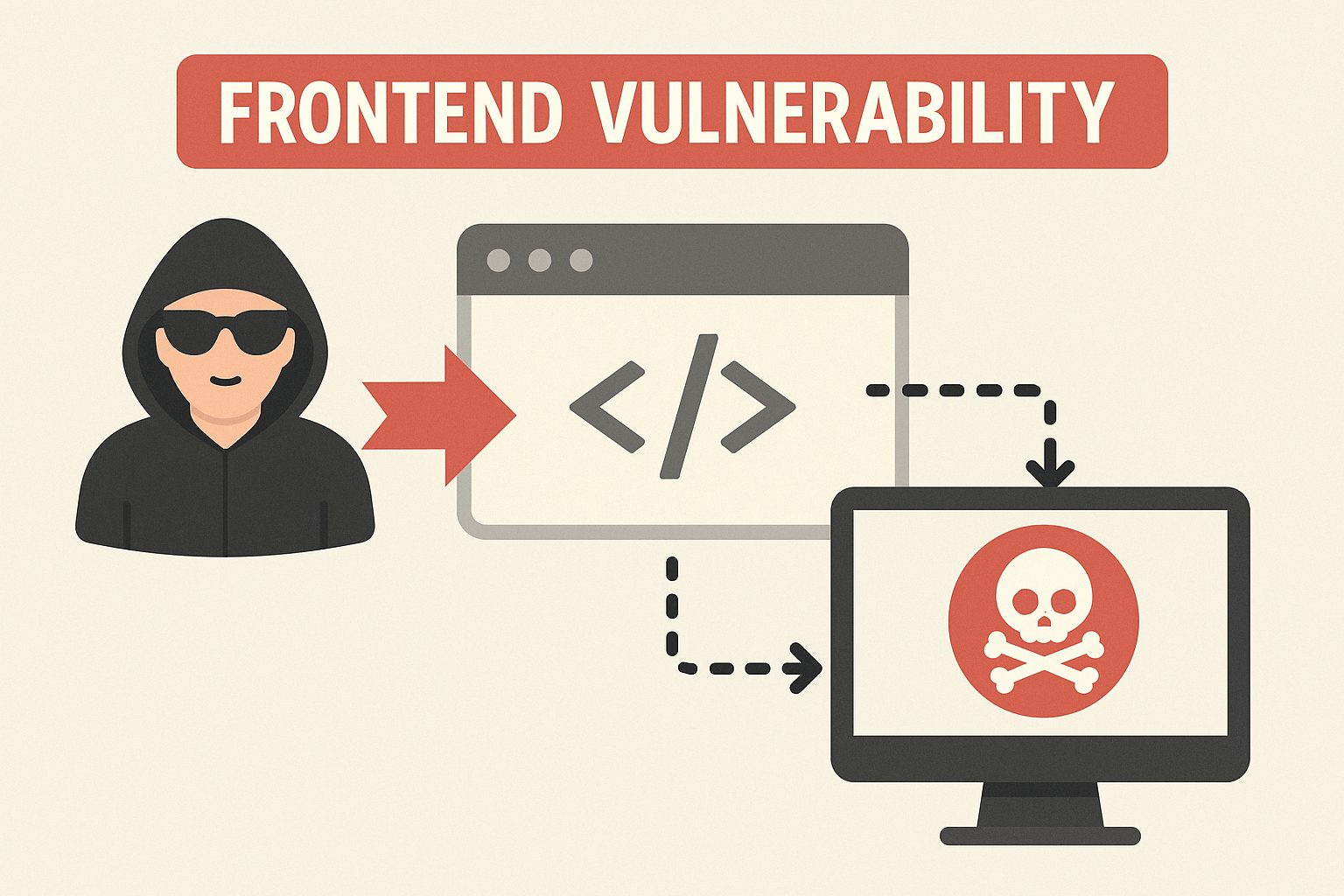
When developing modern web applications, you can quickly integrate APIs by placing API keys directly in the user interface code. Although this might seem convenient, exposing API keys in the UI is a critical security mistake that can result in data breaches, financial losses, and damage to your brand’s reputation. As a full-stack developer and SEO expert, I’ve witnessed numerous projects compromised due to the mishandling of sensitive credentials. In this article, I’ll explain why you should never embed API keys in the UI, how attackers can exploit leaked keys, and the proper methods to secure them. Additionally, I will discuss how AI can play a role in preventing such issues by automating security checks, providing best practice guidelines, and offering real-time monitoring to protect against potential threats.
Why Exposing API Keys on Frontend Is Dangerous
Placing API keys directly into frontend code essentially leaves the keys visible to anyone who inspects the website or its network traffic. Unlike backend code, which runs on a secure server, frontend code is fully accessible to users through browsers and debugging tools. This means any sensitive key included in JavaScript can be copied within seconds. Malicious actors can then misuse it without your knowledge or consent.
Exposed API keys can be used to consume services at your expense. For example, if the key provides access to paid third-party APIs such as Google Maps or payment gateways, hackers can exploit this access and leave you with unexpectedly high bills. Even worse, if the keys have broader permissions, such as database access or cloud infrastructure resources, the attacker could potentially gain control over sensitive business data.
From an SEO perspective, a hacked API integration can also damage your site’s rankings. For instance, if an API key enables spammy content injection or uncontrolled data calls that slow down your site, Google may penalize your domain with lower visibility. In the long run, this damages both traffic and brand reputation, which makes proper API security not just a technical concern, but also a critical marketing factor.
How Hackers Can Easily Steal Your API Credentials
Hackers don’t need advanced techniques to find exposed API keys. In fact, one of the most common methods is simply checking the browser’s developer tools. By inspecting the network tab, attackers can see requests sent from the frontend and identify keys embedded in headers, query parameters, or body payloads. This is why frontend API key exposure is considered a low-effort, high-reward exploit for criminals.
Another common method is searching through public code repositories. Developers sometimes accidentally commit API keys to GitHub or other version control platforms. Once these repositories are indexed, hackers can quickly scan for common key patterns using automated scripts. Even if you later delete the key, cached versions may remain accessible unless the key is revoked.
In my experience, I once worked with a client who suffered from skyrocketing API usage charges overnight. After a quick audit, I found that one of their developers had hard-coded an API key directly into the frontend React app. Within hours of deployment, attackers exploited it for unauthorized scraping. This situation highlighted how quickly and easily credentials can be stolen once exposed to the public.
Safe Ways to Protect and Store Your API Keys
The most effective way to secure API keys is to store them on the backend, not in frontend code. Your server should act as a middleware layer between the frontend client and third-party services. This way, the frontend sends requests to your backend, which injects the API key securely and forwards the request. As a result, the user never has direct access to sensitive credentials.
Additionally, you should use environment variables to manage API keys instead of hard-coding them in your source files. Tools like Docker, Kubernetes, or hosting environments such as Vercel, AWS, and Netlify make it easy to securely inject environment variables during deployment. Combined with good CI/CD practices, this ensures your keys remain secure throughout the development and production lifecycle.
Another smart practice is setting up API key restrictions. Many third-party services, like Google Cloud or AWS, allow you to limit keys by domain, IP, or usage scope. This means that even if a key is accidentally exposed, attackers can’t abuse it easily. Adding monitoring tools to track API key usage is also essential to quickly detect suspicious behavior before real damage is done.
Q&A: Frequently Asked Questions
Q: Can I put a “read-only” API key in the frontend?
A: While read-only keys carry less risk, they can still be abused for scraping or malicious use. Always treat any API key as sensitive information.
Q: What if my API requires a public-facing key, like Google Maps?
A: In such cases, set strict domain restrictions and usage quotas. Even then, monitor your billing and logs for unauthorized usage.
Q: How often should I rotate my API keys?
A: A good practice is to rotate keys every 3-6 months, or immediately after a suspected leak. Automation tools in CI/CD pipelines can help streamline this process.
Exposing API keys on the frontend is one of the most common — and preventable — mistakes in web development. While it may feel easier to hard-code credentials for quick functionality, the risks far outweigh the convenience. Keys can be stolen in minutes and abused for costly, damaging attacks. By keeping API keys in secure backend environments, using environment variables, applying restrictions, and monitoring your usage, you can protect both your infrastructure and your SEO performance. Remember: your API keys are as valuable as your passwords — treat them with the same level of care.

Leave a Reply